Our Blog - Summer 2024 Trip - Le Touquet, France
The oldest traces here date back to Paleolithic times and evidence of trade with Great Britain back to the Bronze Age (1500 BC). The name Touquet first appeared in 1758, as "pointe du Touquet", on a general map of France. The seaside resort that we see today dates back to 1837, when a Parisian notary bought the land for 150,000 francs and planted more than 800 hectares of maritime pines, poplars tress, and alder trees. The forest would stabilize the dunes and these 800 hectares were still covered by a real forest through 2011 (I didn't specifically look about today). In 1882, he created the first village of homes between the forest and the sea, calling it Paris-Plage. The choice of name was far from innocent, as it reflected the intention to make this the holiday destination of Parisians. A year later, Paris-Plage had a population of 30, a housing development comprising two seafront chalets, a château, and 2 lighthouses. He died in 1885, but construction continued and the name Paris-Plage was officially recognized in 1892. After some growth, the resort was split into two parts in 1912 (Cucq and Le Touquet-Paris-Plage). Most of the time now, it is just listed as "Le Touquet".
Between WWI and WWII, a set of Parisian fashion houses opened stores here. During WWII, it was occupied by German soldiers who looted most of the buildings. Like with a lot of seaside resorts nearby, there are a couple blockhouses from the Atlantic Wall that still exist on the beach south of town. Allied bombings caused a lot of damage and it was liberated in Sept 1944 by the Canadian army. There were 106,745 mines (38,620 in the town, 54,125 in the dunes, the racecourse and the airfield, 13,800 under houses and 200 in the swimming pool), which made Le Touquet the most mined commune in France.
Fast-forward to today and the population is just a bit over 4,000 although almost 80% of the houses are secondary homes, so the population skyrockets during the summer, school holidays, and weekends. A bit of trivia: In Feb 2003, a Franco-British summit was held here with Jacques Chirac and Tony Blair. Le Touquet is also the city where the current President Emmanuel Macron votes.
We did a quick tour to see a couple of the 19th and 20th century villas. The first one is probably my favorite, and is called the Villa Alexandre. It was built in 1901 and renovated around 1911. The characteristic feature of this seaside villa is a corner turret making the transition between the two facades.
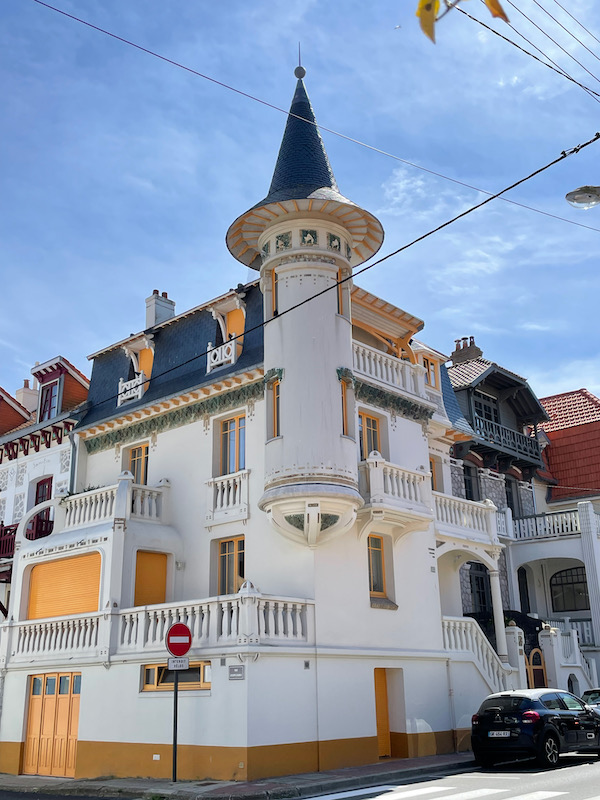
Villa Bic en Coin was built in 1925 on a corner plot, surrounded by a small garden. It is almost like it is 2 buildings that are connected. Made of reinforced concrete and entirely covered with plaster the roof is covered with typical Flemish tiles. Inside, it also continues the "2 building" thought, with one of the wings housing all of the bedrooms and the other wing containing all of the "living" parts (living room, kitchen, etc).
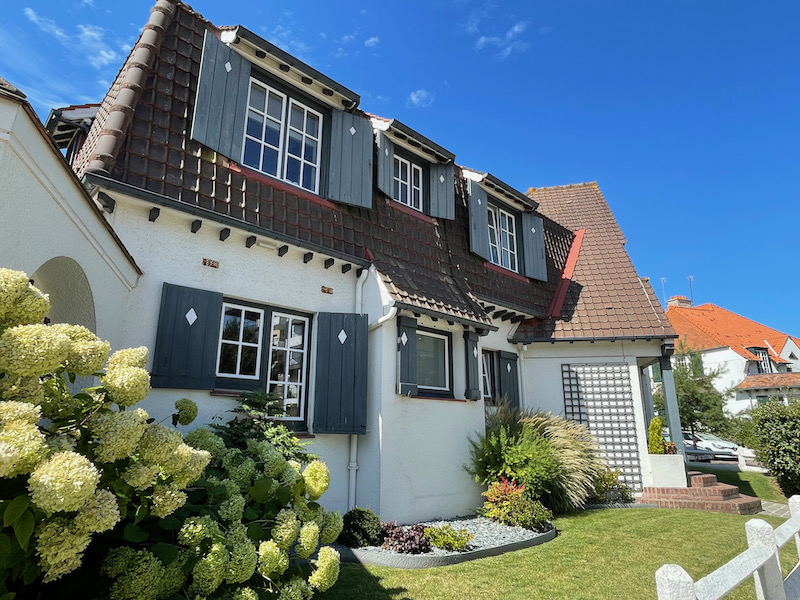
The most interesting thing about the Phare Le Touquet, the lighthouse of Le Touquet, is that it is not on the beach. Seems there were a couple lighthouses on the water that were previously destroyed, and in 1946, they needed to built a new one. This location, between the 2 destroyed lighthouses and about 800 meters from the sea, was selected. The last lighthouse keeper left in 1992 and it was automated in 2001.
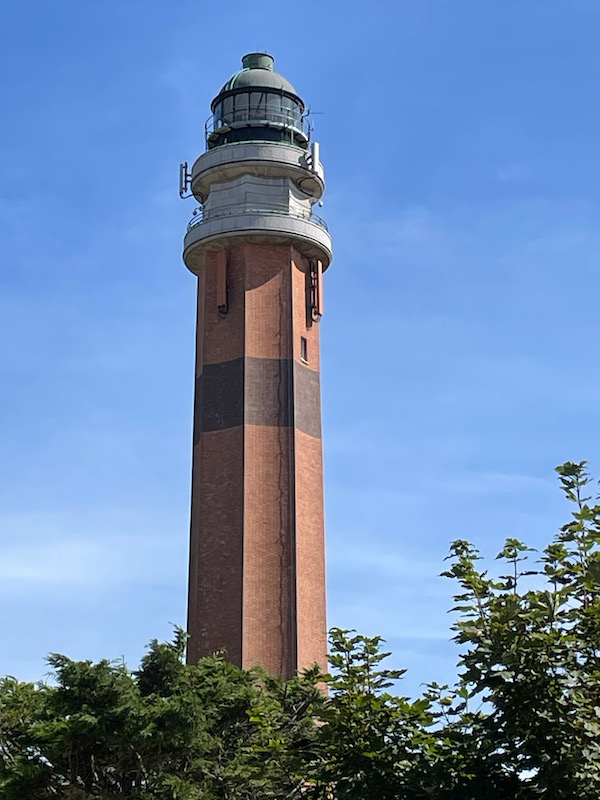
The Villa Wallonne is another corner villa, this time in the Art Deco style. It rests on a high base made of Baincthun stone, and the roof is in the Chalet-style.
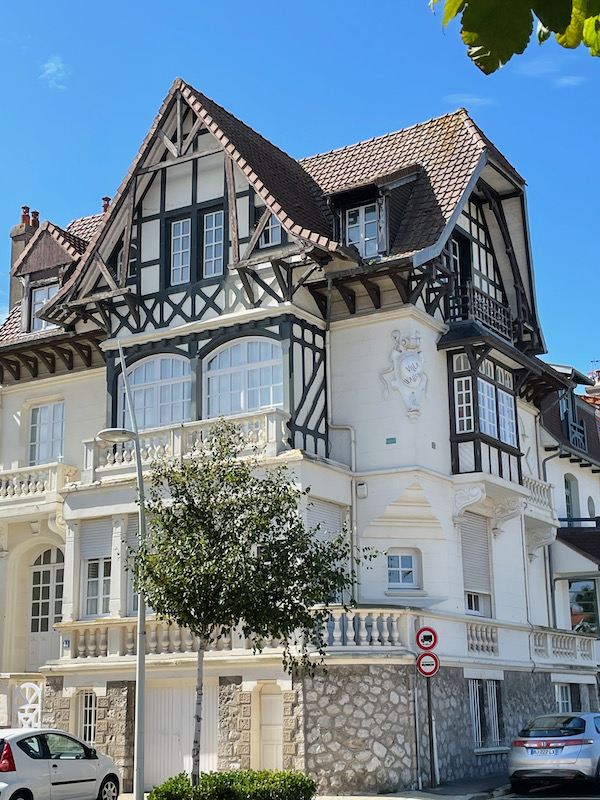
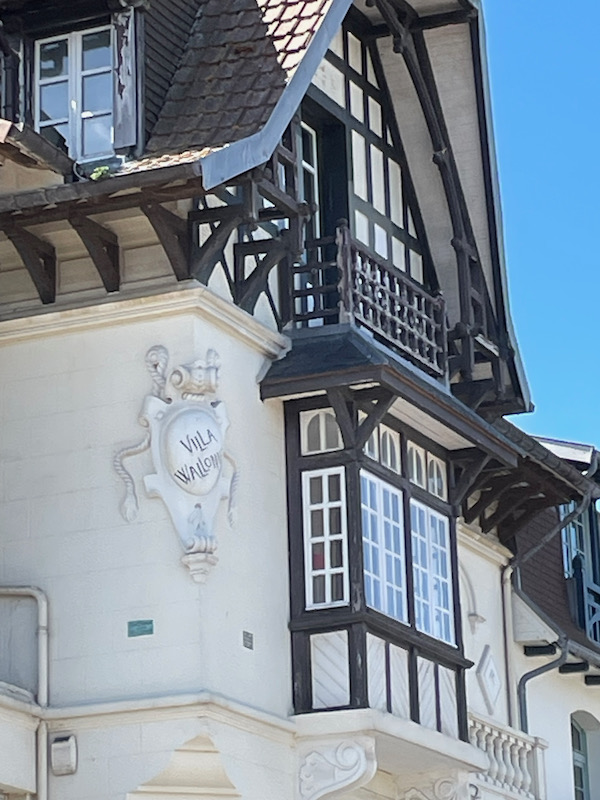
The villa La Royana was built at the end of the 19th century and is, again, on a corner plot. It consists of a base, a square floor and an attic floor. It is built of Baincthun stone rubble interrupted by rows of brick and porcelain stoneware with a Flemish-tile roof.
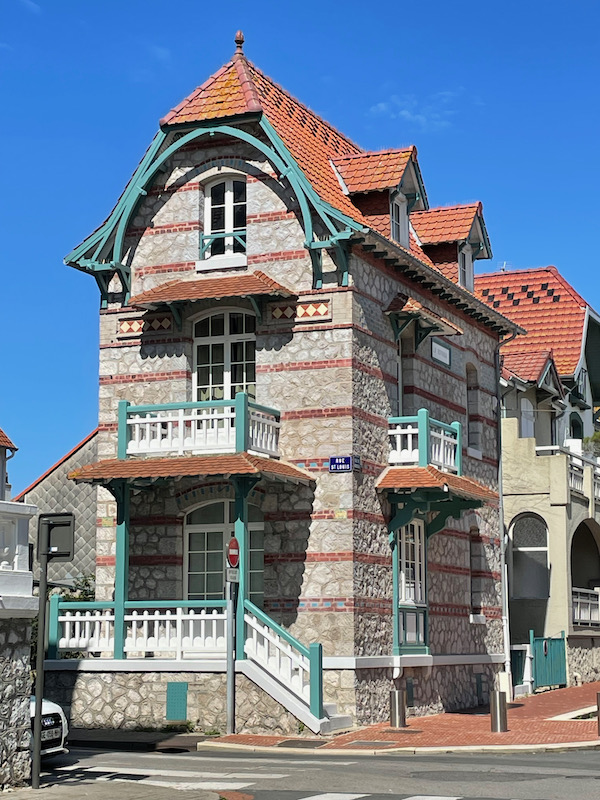
There is a boardwalk here that reminded us of the boardwalks in the US, with a little waterslide park, a carousel, and a little Eiffel Tower that looks like it is made out of sand. It is 9 1/2 meters tall and is built from polystyrene blocks, resin, and sand. It is intended to further solidify the link between Le Touquet and the city of Paris and is a reference to the history of the seaside resort: Le Touquet-Paris-Plage.
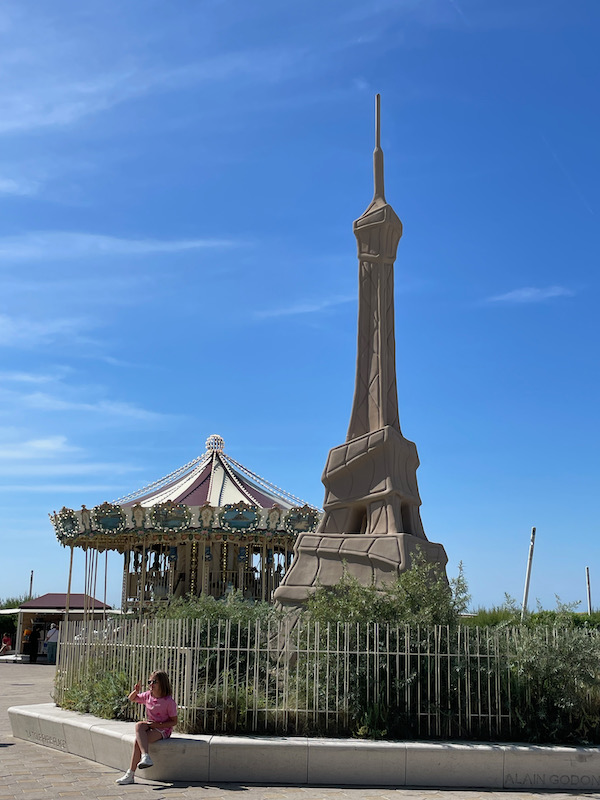
After a bit of Lucy-beach-time, we headed back.